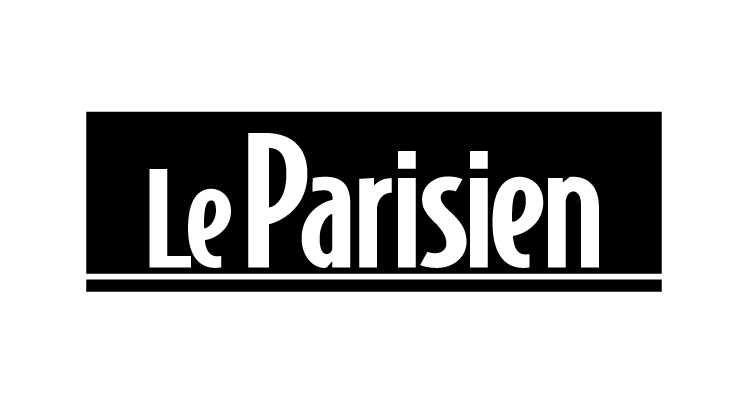380
Pre-raphaelism wall Art, canvas prints & paintings
Artworks Paintings
Styles Pre-raphaelism Romanticism (1)
Epochs Modern (296) Classical (84)
Artists John William Wate... (67) Evelyn De Morgan (63) John William Godward (62) John Everett Millais (56) Frederick Sandys (28) Edward Burne-jones (22) William James Webb (16) Dante Gabriel Ros... (14) William Blake Ric... (9) John Collier (5) Simeon Solomon (4) Richard Dadd (4) John Brett (3) Henry Meynell Rheam (2) Marianne Stokes (2) John Rogers Herbert (2) Arthur Hughes (2) John Dickson Batten (2) Edward Robert Hugues (1) Ford Madox Brown (1) Charles Haslewood... (1) Charles Edward Pe... (1) Walter Crane (1) Robert Braithwait... (1) John Atkinson Gri... (1) Daniel Alexander ... (1) Edmund Blair Leig... (1) Henry Holiday (1) John Mulcaster Ca... (1) William Dyce (1) Marie Spartali St... (1) Henry Payne (1) Thomas Cooper Gotch (1) Joseph Noel Paton (1) Heinrich Vogeler (1)
Subjects Portrait (173) Mythology (101) Feminine Beauty (97) Nude (33) Religion (28) Genre Scenes (25) Landscape (23) Garden (20) Animals (20) Literature (17) Music (11) Transport (9) History (8) Fantasy (7) Food (6) Architecture (5) Seascape (5) Preparatory Drawi... (5) Flowers & Botany (5) Travel (4) Fashion (2) Art / Artists (1) Great Battles (1) Still Life (1) Urban (1) Dance (1) Hobby (1)
Techniques Oil On Canvas (279) Oil On Panel (27) Oil On Wood (3) Lithograph (2) Gouache (1) Oil On Cardboard (1) Oil On Paper (1) Tempera (1)
Shapes Portrait (225) Landscape (95) Slim (30) Square (20) Panoramic (10)
From
49.36 €£41.9541.13 €£34.96
39.49 €
£33.56
32.9 €
£27.97
From
64.93 €£55.1954.1 €£45.99
51.94 €
£44.15
43.28 €
£36.79
From
71.37 €£60.6659.47 €£50.55
57.09 €
£48.53
47.58 €
£40.44
From
39.68 €£33.7333.07 €£28.11
31.75 €
£26.99
26.46 €
£22.49
From
43.4 €£36.8936.17 €£30.74
34.72 €
£29.51
28.94 €
£24.6
From
32.49 €£27.6227.08 €£23.01
25.99 €
£22.09
21.66 €
£18.41
From
62.25 €£52.9251.88 €£44.1
49.8 €
£42.33
41.5 €
£35.28
From
53.82 €£45.7544.85 €£38.12
43.06 €
£36.6
35.88 €
£30.5
From
72.52 €£61.6560.44 €£51.37
58.02 €
£49.32
48.35 €
£41.1
From
67.73 €£57.5756.44 €£47.98
54.19 €
£46.06
45.16 €
£38.38
From
50.1 €£42.5941.75 €£35.49
40.08 €
£34.07
33.4 €
£28.39
From
62.25 €£52.9251.88 €£44.1
49.8 €
£42.33
41.5 €
£35.28
From
38.69 €£32.8932.24 €£27.41
30.95 €
£26.31
25.79 €
£21.93
From
65.23 €£55.4554.36 €£46.2
52.18 €
£44.36
43.49 €
£36.96
From
70.44 €£59.8758.7 €£49.89
56.35 €
£47.9
46.96 €
£39.92
From
32.24 €£27.4126.87 €£22.84
25.79 €
£21.93
21.5 €
£18.27
From
32.74 €£27.8327.28 €£23.19
26.19 €
£22.26
21.83 €
£18.55
From
57.79 €£49.1248.16 €£40.93
46.23 €
£39.3
38.53 €
£32.75
From
41.67 €£35.4234.72 €£29.51
33.33 €
£28.33
27.78 €
£23.61
From
39.44 €£33.5232.86 €£27.93
31.55 €
£26.82
26.29 €
£22.35
From
42.16 €£35.8435.14 €£29.87
33.73 €
£28.67
28.11 €
£23.89
From
48.12 €£40.940.1 €£34.08
38.49 €
£32.72
32.08 €
£27.27
From
62.74 €£53.3352.28 €£44.44
50.19 €
£42.66
41.82 €
£35.55
From
37.7 €£32.0431.42 €£26.7
30.16 €
£25.64
25.13 €
£21.36
From
39.44 €£33.5232.86 €£27.93
31.55 €
£26.82
26.29 €
£22.35
From
42.91 €£36.4735.76 €£30.39
34.33 €
£29.18
28.61 €
£24.31
From
66.41 €£56.4555.34 €£47.04
53.13 €
£45.16
44.27 €
£37.63
From
36.46 €£30.9930.38 €£25.83
29.17 €
£24.79
24.31 €
£20.66
From
66.97 €£56.9255.81 €£47.43
53.57 €
£45.54
44.64 €
£37.95
From
67.21 €£57.1356.01 €£47.61
53.77 €
£45.71
44.81 €
£38.09




















































